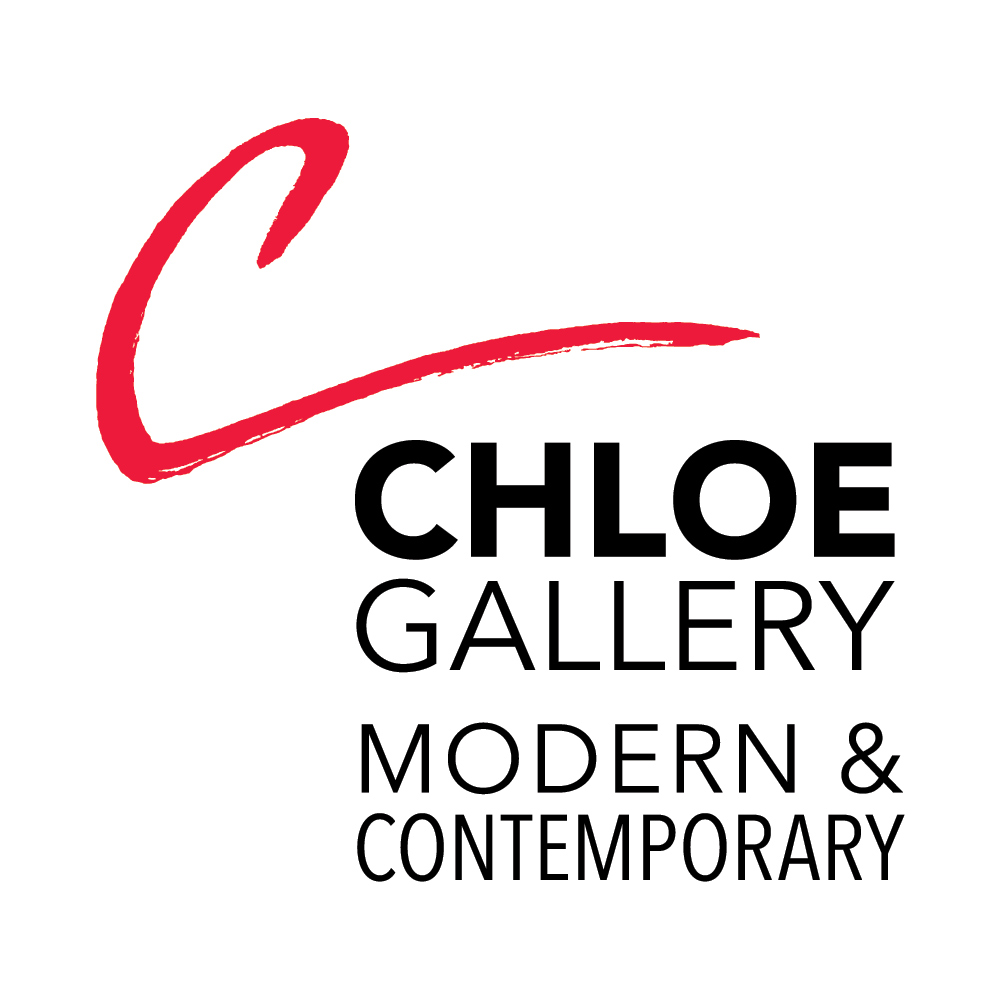Tom Judd
Portrait #6, 2021
mixed media on panel
36 x 30 in
Please Contact for Price
Tom Judd’s Collection of Repurposed Reworked “Re-Portraits.”
By Ralph David Samuel
Tom Judd has created his recent collection of “re-portraits” (my word) using collage, sometimes with mixed media, incorporating (de)focused photographs, scraps of wallpaper, prints of bygone and classic portraits and dribbles/swathes of color, both brushed and found. These techniques are well suited to Tom’s art in general in which disassociated and disparate, borrowed or found objects, images and fragments are combined into his uniquely realized visions. Thus, we often see uncertain images borrowed from the wider world or created by him to appear so, incorporated into his work so that the whole becomes clear and is uniquely his own.
Portraits, a familiar form in Western art, have perhaps grown out of our cultural emphasis on the individual. Certainly long before the invention of photography, painted portraits had become the choice of the aristocracy for preserving memories of relatives and as evidence of familial power. Gradually, itinerant portraitists extended the form to the middle class to create and preserve memories of those they loved. Then in the mid-19th Century photography created new opportunities for portraiture, less expensive, more democratic and inclusive. But it also had the unintended effect of removing a source of income for many aspiring artists (such as a young Samuel F.B. Morse) who at one time, roamed middle class communities with their brushes and stocks of pre-printed "blanks," selling the art (and affordable memory bank) of an oil portrait to grateful families.
By separately borrowing elements from painted portraits, and connecting certain visages with images of others’ hands, bodies and garments, all laid upon backgrounds from many unrelated images and materials, Tom Judd leads us to question and open our eyes to new insights regarding this seminal art form. The identity, gender and social strata of the sitter become uncertain. Chronology, the century, even the era of the reworked portrait evades definition. We suspect we are observing evidence of memories, but whose memories and for what purpose? We search our experience for answers.
Thus Tom Judd redirects our focus from the memories of others to our own. We are invited to survey and catalog our personal storehouse of images scattered on millions of our neurons that we call memory. Can we reassemble the scattered even disparate parts of long stored images into a cohesive, meaningful and present whole? It is a challenge to each of us implored by the penetrating (and occasionally evasive) borrowed eyes of Judd's collages. And if one challenge of art is to give us new eyes, then Tom Judd has adeptly risen to that challenge.
By Ralph David Samuel
Tom Judd has created his recent collection of “re-portraits” (my word) using collage, sometimes with mixed media, incorporating (de)focused photographs, scraps of wallpaper, prints of bygone and classic portraits and dribbles/swathes of color, both brushed and found. These techniques are well suited to Tom’s art in general in which disassociated and disparate, borrowed or found objects, images and fragments are combined into his uniquely realized visions. Thus, we often see uncertain images borrowed from the wider world or created by him to appear so, incorporated into his work so that the whole becomes clear and is uniquely his own.
Portraits, a familiar form in Western art, have perhaps grown out of our cultural emphasis on the individual. Certainly long before the invention of photography, painted portraits had become the choice of the aristocracy for preserving memories of relatives and as evidence of familial power. Gradually, itinerant portraitists extended the form to the middle class to create and preserve memories of those they loved. Then in the mid-19th Century photography created new opportunities for portraiture, less expensive, more democratic and inclusive. But it also had the unintended effect of removing a source of income for many aspiring artists (such as a young Samuel F.B. Morse) who at one time, roamed middle class communities with their brushes and stocks of pre-printed "blanks," selling the art (and affordable memory bank) of an oil portrait to grateful families.
By separately borrowing elements from painted portraits, and connecting certain visages with images of others’ hands, bodies and garments, all laid upon backgrounds from many unrelated images and materials, Tom Judd leads us to question and open our eyes to new insights regarding this seminal art form. The identity, gender and social strata of the sitter become uncertain. Chronology, the century, even the era of the reworked portrait evades definition. We suspect we are observing evidence of memories, but whose memories and for what purpose? We search our experience for answers.
Thus Tom Judd redirects our focus from the memories of others to our own. We are invited to survey and catalog our personal storehouse of images scattered on millions of our neurons that we call memory. Can we reassemble the scattered even disparate parts of long stored images into a cohesive, meaningful and present whole? It is a challenge to each of us implored by the penetrating (and occasionally evasive) borrowed eyes of Judd's collages. And if one challenge of art is to give us new eyes, then Tom Judd has adeptly risen to that challenge.
